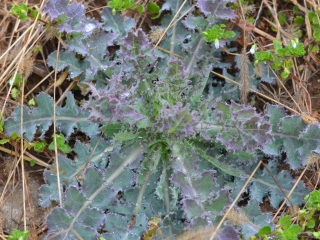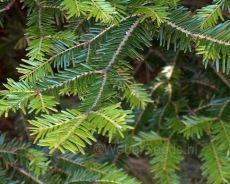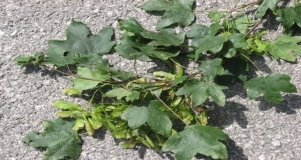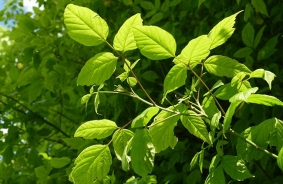Prickly lettuce Lactuca serriola
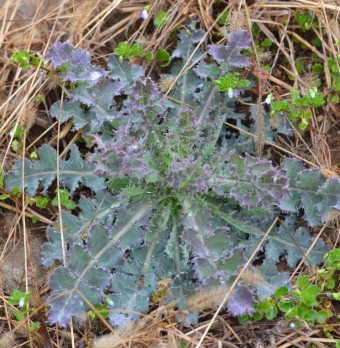
Features
Habitat: fields, gardens, ruderal areas, embankments, sidewalks, gravel areas. The leaves twist in sunny weather and are placed in an N-S direction, hence it is also called a “compass plant”. It blooms mostly in the morning and only a handful of baskets at a time.
| Species | Annual and biennial plant |
| Living space | Cultivated areas, Field, Meadow |
| Size | 60-120 cm |
Description
Lactuca serriola has a spineless reddish stem, containing a milky latex, growing up to 120 cm. The leaves get progressively smaller as they reach its top. They are oblong or lanceolate, often pinnately lobed and (especially for the lower leaves), waxy grey green. Fine spines are present along the veins and leaf edges. The undersides have whitish veins. They emit latex when cut. The flower heads are 1–1.5 cm wide, pale yellow, often tinged purple, with 12–20 ray flowers but no disc flowers. The bracts are also often tinged purple. It flowers from July until September in the northern hemisphere. The achenes are grey, tipped with bristles. The pappus is white with equal length hairs. It is a relative of the better known Lactuca sativa. Separate leaves are also used in the diet, and dried and ground root as a coffee substitute. Since ancient times, it has also been used as a medicinal and magical plant, especially royal jelly / juice.Prickly lettuce
on the habitat Temenica
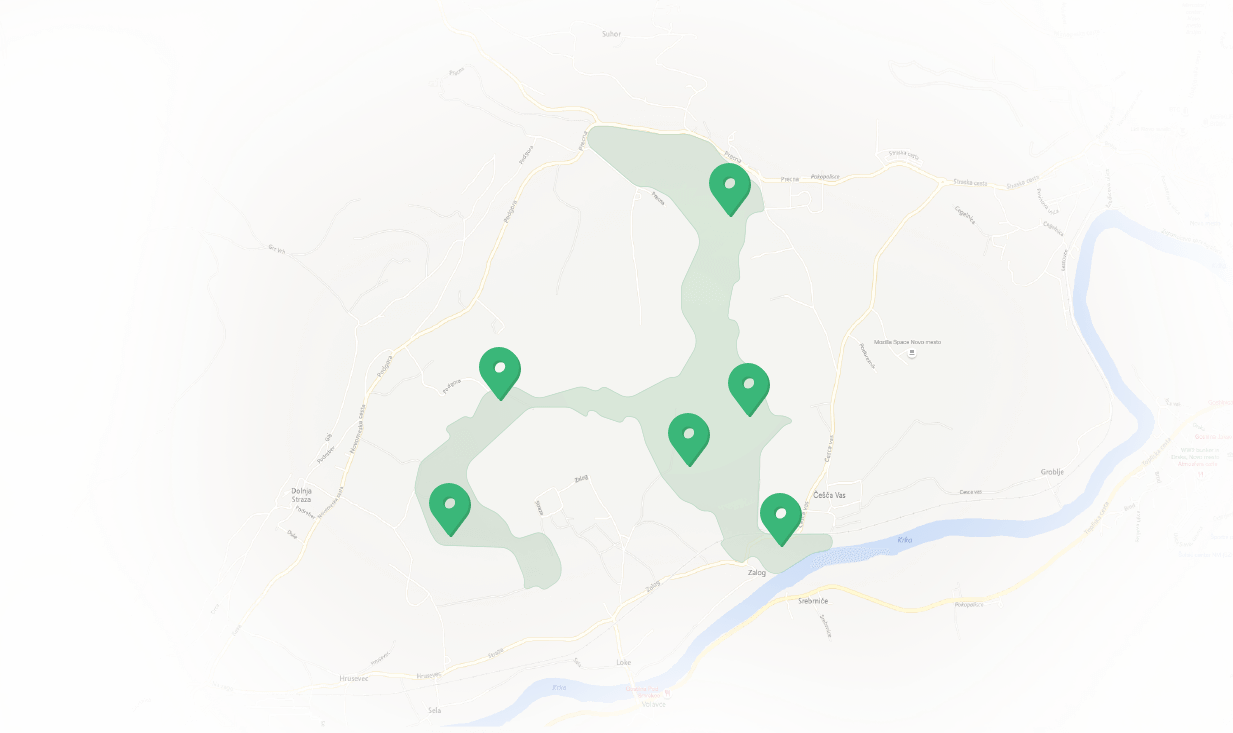
Features Temenica (3)
SPECIAL ogr.

